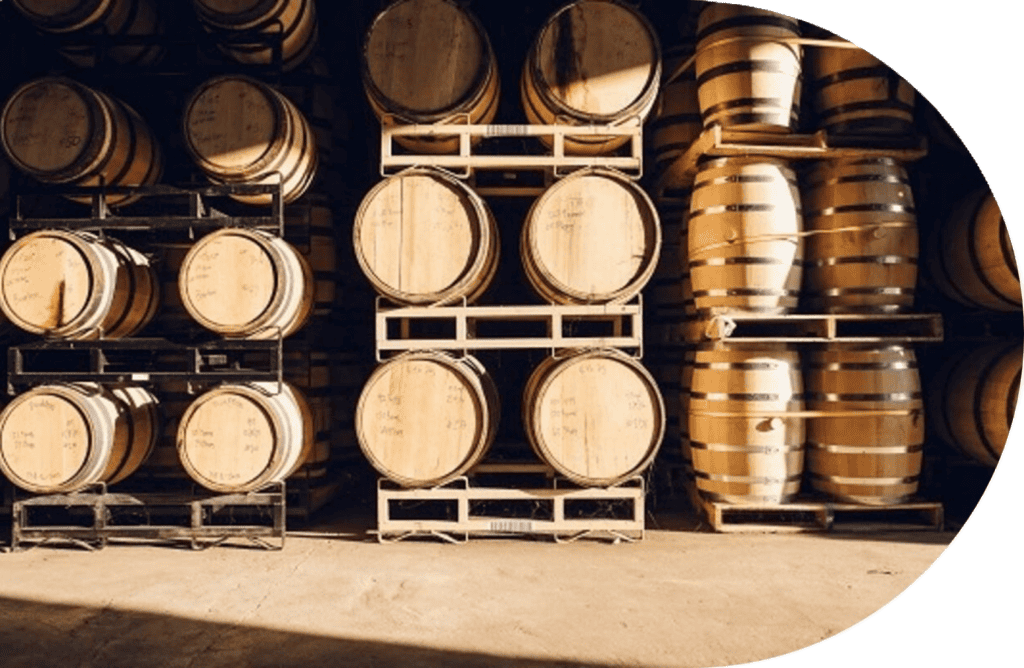Identifying priority markets and strategies
The Australian craft distillery sector has grown rapidly over the past decade from a dozen producers primarily making whisky to now over 350 distillers making a broad range of spirits. Victoria’s distillery sector alone has grown to 188 distilleries from none in just over fifteen years.
Sapere was commissioned by Agriculture Victoria to prepare a report for the Victorian distilling industry to identify a set of priority markets with demonstrated export potential for Victorian distilled products, including the development of market entry strategies for each market identified.

Key domains for assessing markets
To identify prospective markets for Victorian distillery businesses, we collated information from a range of sources on a long list of markets to determine the advantages and disadvantages of each market as a potential export target for Victoria’s distillery sector.
Based on this analysis, we identified seven key domains which are important to consider for potential exporters.
| Domain | Key factors |
|---|---|
| Demand and market size | What has been the sales and import trend for different types of spirits over the past 5-10 years (based on available data)? |
| Consumer profile | Are consumer preferences in this market supportive of the spirit? |
| Competition | What is the level of competition in the market? |
| Regulatory and market access | Do current regulations support export growth for the spirit? |
| Trade promotion | Are there existing trade promotion activities that could be leveraged? |
| Market structure | How simple or complex are the distribution channels for spirits in the market? |
| Ease of doing business | Are there cultural or market factors that impact ease of doing business in the market? |
| Other | Are there any other factors that could support/hinder exports into this market? |
Classifying prospective markets
Given the structure of the spirits market and the current size and scale of Victorian distillers, how prospective a market may be for an exporter will heavily depend on factors such as how well their spirit’s niche fits a market’s preferences as well as any relationships and connections they may have in market. Based on this, markets can broadly be classified into two types:
- Markets that appear to have positive market conditions for potential first-time exporters to consider
- More complicated or longer-term markets may be more challenging for exporters, but with the potential for larger returns.
| Type of export markets | Markets of this type analysed in this report | Other markets that could be classified as this type |
|---|---|---|
| Markets for first-time exporters | Singapore, Taiwan, China | New Zealand, Hong Kong, Malaysia |
| Markets for more mature exporters to consider | India, United States of America | United Kingdom, UAE |
Considerations for prospective exporters
In addition to identifying priority markets, Sapere also identified some important considerations for prospective exporters across the key phases of the export process.
| Export Phase | Considerations |
|---|---|
| Choosing an export market | • Readiness for export – achieve success at home before committing to overseas expansion. This builds your reputation and helps create brand ambassadors of Australians abroad who can recommend your product • Time and resources are required to successfully export – be prepared to be in the market for at least 3-5 years • Local business culture and customs – it may be necessary to adapt your style of doing business to forge relationships in a new market. |
| Determining product-market fit | • Recognise diversity in markets – some second-tier cities may have more suitable distribution channels or competitive landscapes • Develop a unique value proposition to differentiate your product from the competition (whether through pricing, quality, marketing, design or other unique selling point) • Target a particular product set to a defined consumer segment, tailored and responsive to their tastes • Know your final price inclusive of tariffs, taxes and freight – and where that places you in the market and your competitors. |
| Defining trade structures and distribution | • Find a suitable import partner with knowledge of your product category, access to distribution channels and ability to assist with compliance requirements • Consider the different merits of different distribution channels: •Bars and restaurants – growing your brand through established taste-makers, who become ambassadors for your brand •Retail – more feasible with existing market presence, easier to pitch to retailers once you have hospitality experience •Travel retail – important channel in major transit hubs such as Singapore and Hong Kong. Tends to favour premium products. |
| Customs, clearances, operationalising in-market | • Customs and clearance processes can vary heavily by jurisdiction; lead times can be opaque, with complex requirements • Consider dedicating resources and possibly hiring, training and basing staff in-market to service and manage importers and distributors in the market. |
| Long-term brand building | • A marketing budget is critical – expect to spend between 15-20% of your net sales revenue matched by your importer/distributor – and potentially higher in the first few years to establish your brand • Merchandising, events, competitions are all options to establish your brand in market • Importers and distributors are not brand builders – ensure you are prepared to spend time in market focused on brand-building • Consider opportunities to innovate within market – packaging innovations, releases with seasonal events, limited edition launches. |
A summary version of the report is available here:
Our team included:
Looking to unlock new markets for your product or industry?
Sapere combines deep economic insight with targeted market research to help businesses and governments identify export opportunities and navigate international demand. Get in touch to see how we can support your growth strategy with data-driven advice.

